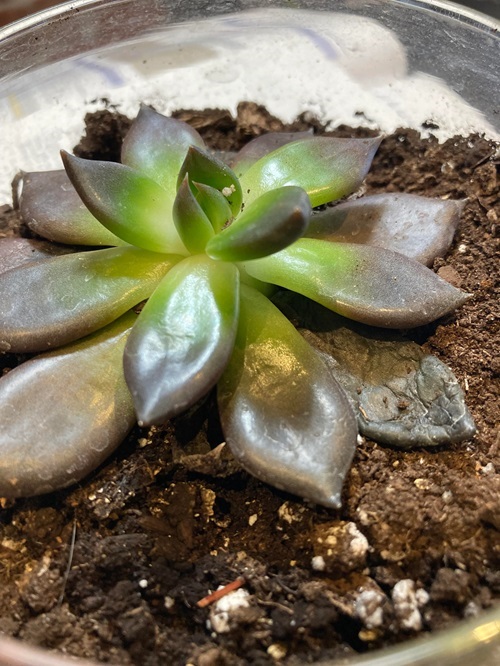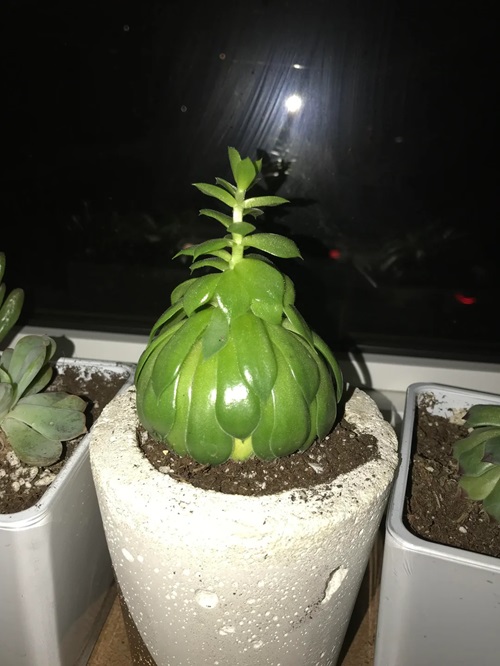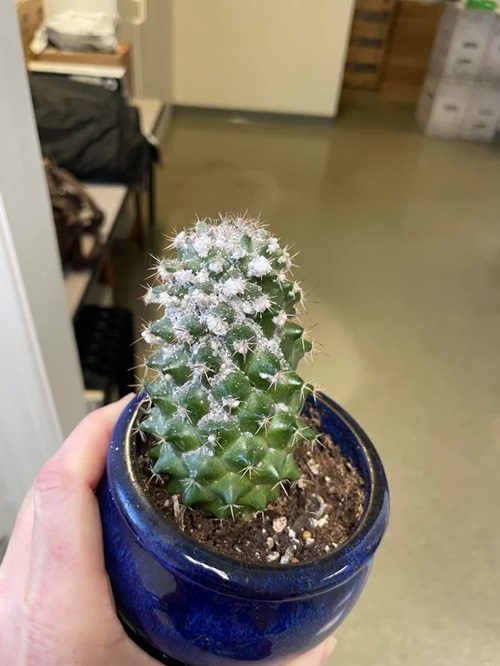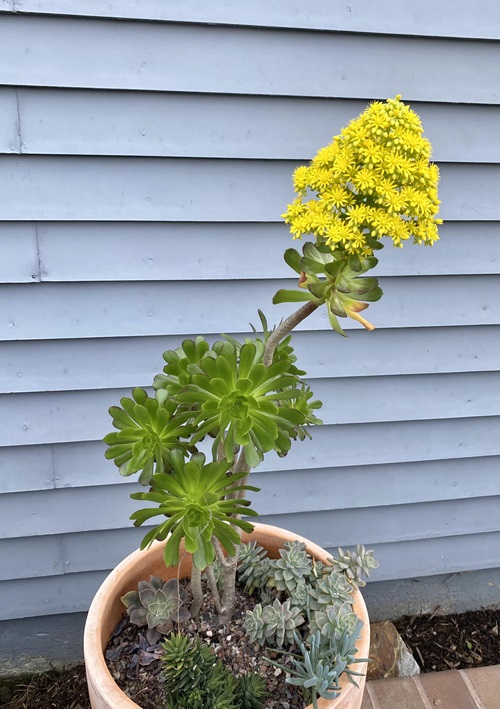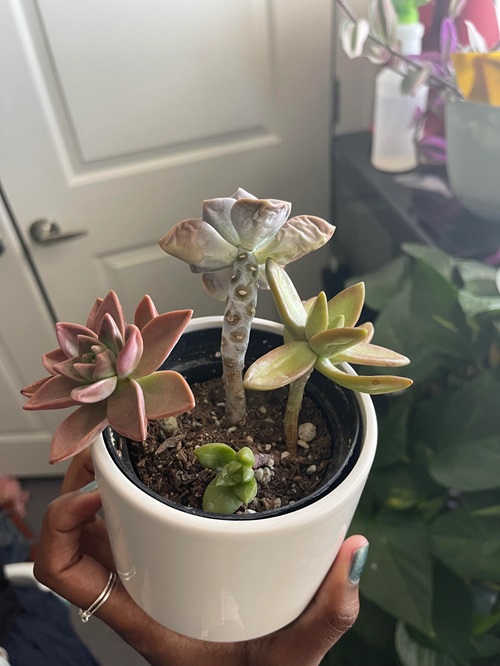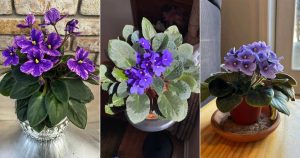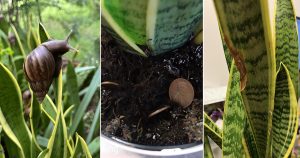Struggling with plants that seem to be fading away? Find out the common causes for succulents dying and learn how to bring them back to life!
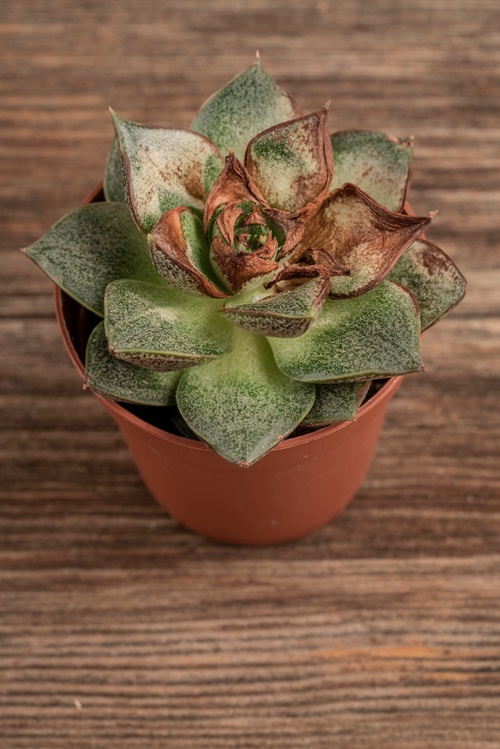
Succulents are the plants that demand very less! They are resilient and downright beautiful but if your plants are looking more droopy than delightful. Plus, you are wondering “why is my succulent dying?”—don’t worry! Figuring out what’s going wrong is the first step toward getting them back in top shape. Let’s check out why your plant might be struggling and how to save a dying succulent.
7 Common Causes for Succulents Dying
1. Overwatering
Overwatering is a leading cause of succulent death. These desert dwellers store water in their leaves, so they don’t need frequent watering. Too much water can lead to root rot, and the first signs of overwatering are usually mushy, discolored leaves that may appear translucent or waterlogged.
Solution: If you’ve been too generous with the watering can, give your succulent a break. Let the soil dry out completely, and trim away any damaged parts. For severe root rot, repot in fresh, well-draining soil and remember, it’s better to underwater succulents than overwater them.
Tip: You can use a pot with drainage holes and a cactus-specific soil mix to help excess water escape.
2. Inadequate Lighting
Just like us, succulents need the right amount of sunlight to stay happy. Too little light makes them stretch out awkwardly, while too much direct sun can give them a nasty sunburn. Without the right light, succulents can become weak and eventually die.
Solution: If your succulent is stretching, move it to a brighter spot or use a grow light. For sunburned plants, find a place with filtered light or partial shade. And, the bonus tip is that the South-facing windows are usually perfect for most succulents, offering plenty of bright, indirect light.
3. Pest Infestations
Pests like mealybugs, spider mites, and fungus gnats are tiny but mighty annoying. They can cause spots, webbing, and generally make your succulent look sad.
Solution: Isolate the affected plant and treat it with insecticidal soap or rubbing alcohol. You have to ensure the treatment is safe for succulents. Pick off any visible pests and keep an eye out for new ones. In addition. regular checks can catch these little buggers early, before they cause serious damage.
4. Poor Soil Quality
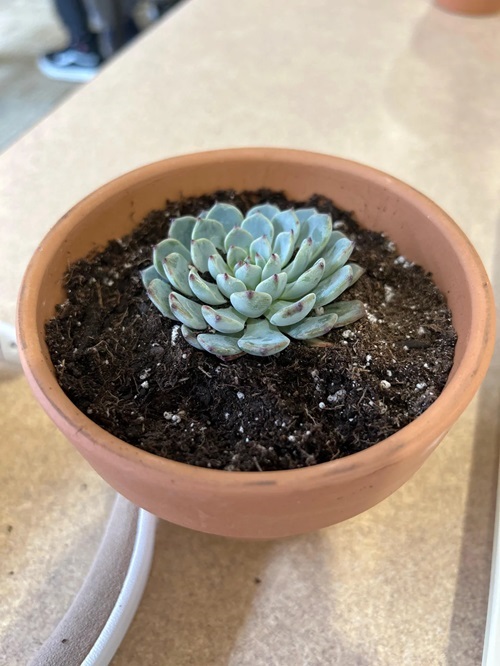
Using the wrong type of soil can cause root problems and affect the overall health of succulents. They need something that drains quickly and doesn’t trap water around their roots.
Solution: You can use a well-draining succulent or cactus mix and add perlite or pumice for extra drainage. This keeps the soil airy and prevents water from lingering. Remember to repot your succulents every few years to refresh the soil and keep drainage optimal.
5. Temperature Extremes
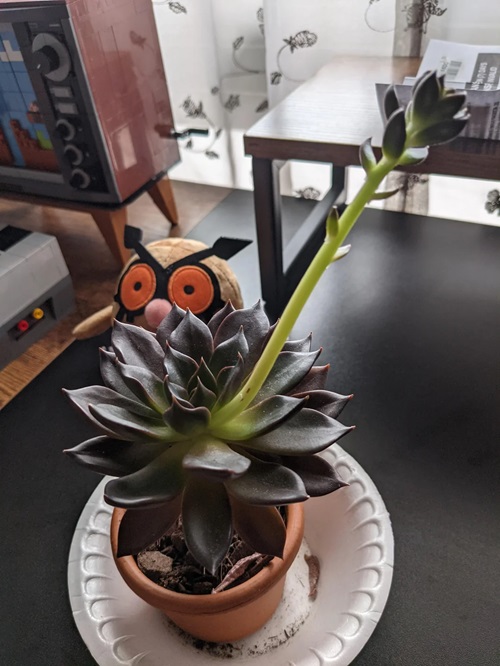
Succulents generally prefer warm conditions but can tolerate cold. However, extreme temperatures can be harmful. Plus, frost can cause the water in the leaves to freeze and expand, leading to damage, while intense heat can scorch the leaves.
Solution: During cold weather, move your succulents indoors or to a sheltered area. In hot weather, provide shade or move them away from direct sunlight. Succulents like Echeveria and Sempervivum can tolerate some frost, but it’s best to avoid prolonged exposure.
6. Succulents Dying After Flowering
Did you know some succulents die after flowering? This is known as monocarpic behavior. Once these plants, like the Agave or some Aeonium species, bloom, they focus all their energy on producing flowers and seeds, eventually dying afterward. Also, you can check our detailed article on it!
Solution: If your monocarpic succulent is flowering, you can collect and propagate the seeds or offshoots. For example, the Agave produces pups or offsets that you can plant to continue its legacy. Enjoy the bloom as it’s a once-in-a-lifetime event for the plant!
Tip: After flowering, cut the flower stalks and remove any dead leaves to maintain the plant’s appearance and health.
7. Underwatering
Even though succulents are drought-tolerant, they still need some water love. Underwatered plants often have shriveled, dry leaves and may lose their normal color. They may also show signs of thinning or wilting.
Solution: Give your plant a good soak, making sure the water reaches the roots. Let the soil dry out between waterings. If the leaves are really dry, you might need to water more regularly. And, remember that succulents need less water in winter, so adjust your routine accordingly.
Conclusion
Reviving a struggling succulent is all about understanding what it needs and making a few key adjustments. Whether it’s tweaking your watering schedule, giving it the right light, or tackling pesky pests, every step you take helps your plant bounce back. If you’ve faced the same kinda issues with your succulents, we’d love to hear your tips and experiences in the comments!

